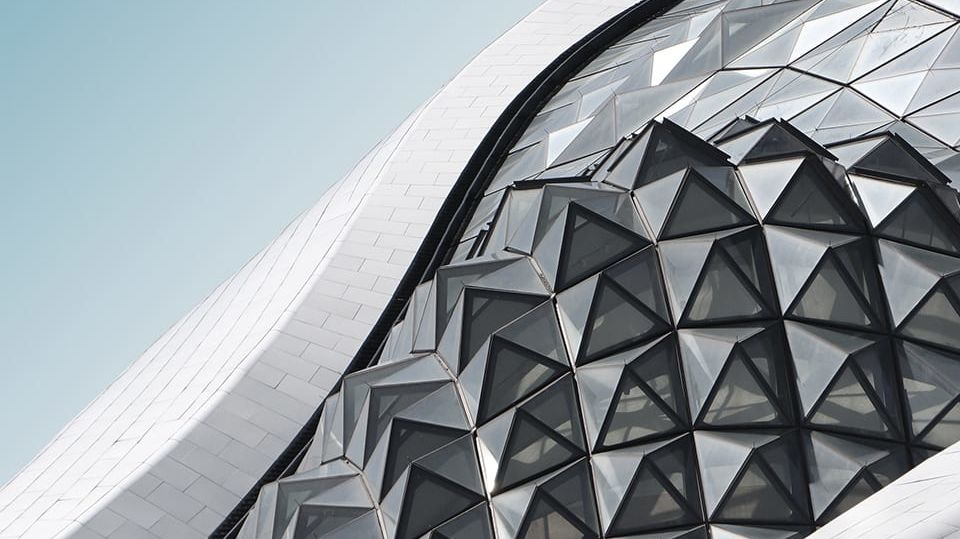China’s intense urban growth, paired with government investment and the emergence of a wealthy middle class, has created a fertile playground for western architects. The country has a reputation as one of the fastest developing nations. Beautified China, a new publication by photographer and architect Kris Provoost, explores this rapid growth through striking images of the country’s most innovative structures, including work by renowned architects such as Zaha Hadid, Rem Koolhaas, Herzog & de Meuron and Ole Scheeren.
Alongside compelling essays on topics such as The Anatomy of Excess, the book presents a heavily stylised snapshot of China’s architectural boom which has occured in the past decade – a period that’s transformed the country’s cookiecutter urban landscape into a hotbed of experimentation. There are museums in Beijing that resemble enormous jelly beans and libraries that are made to look like a literal row of books; a national aquatics centre that has a bubble-like surface to evoke water; a museum in Guangzhou with red, Tetrislike blocks; and Suzhou’s infamous Gate to the East, a colossal skyscraper that could just as easily resemble a lavish arch with mirrored walls as a pair of blue jeans.
“Iconic architecture is easily recognisable. A ‘simple’ idea, a pure shape, or a very different colour – these elements make you remember the building within the blink of an eye,” says Provoost. His photographs take on a surreal beauty, capturing unconventional angles and juxtaposing the buildings with bright blue backdrops to further highlight their geometry. He continues: “To stand the test of time, they need to be light years ahead of what is currently seen as a ‘building.’”
Provoost describes this “radically different” construction as serving a political purpose – a way to lift China up in the world’s eye as a paragon of modernity. “You could say that architecture creates an impression of a city or region. Well-developed urban areas, with high class architecture represents a blossoming economy, a strong power, a bright future,” he says.
Yet with many of the other booming sectors in China’s unprecedented economic rise, the obsessive drive to build endless cultural facilities has resulted in cluttering of structures, and not enough public interest in visiting them. Provoost asks: “How many theatres, museums and stadiums does one city need?” before expanding: “There has been a strong push from the central government that each city needs a certain amount of cultural venues. This has included an enormous boom of museums, yet many are actually completely empty. Does that then actually count as a museum or rather just a building?” But in the wake of a 2016 government directive calling for an end to “odd-shaped” structures, Provoost’s photographs serve as a time capsule, presenting a slither in China’s architectural development. These images, and the progress they depict, will forever be remembered.
Beautified China is published by Lanoo.
Gunseli Yalcinkaya
Lead image: Kris Provoost, from Beautified China, The Architectural Revolution. Courtesy of the artist.





